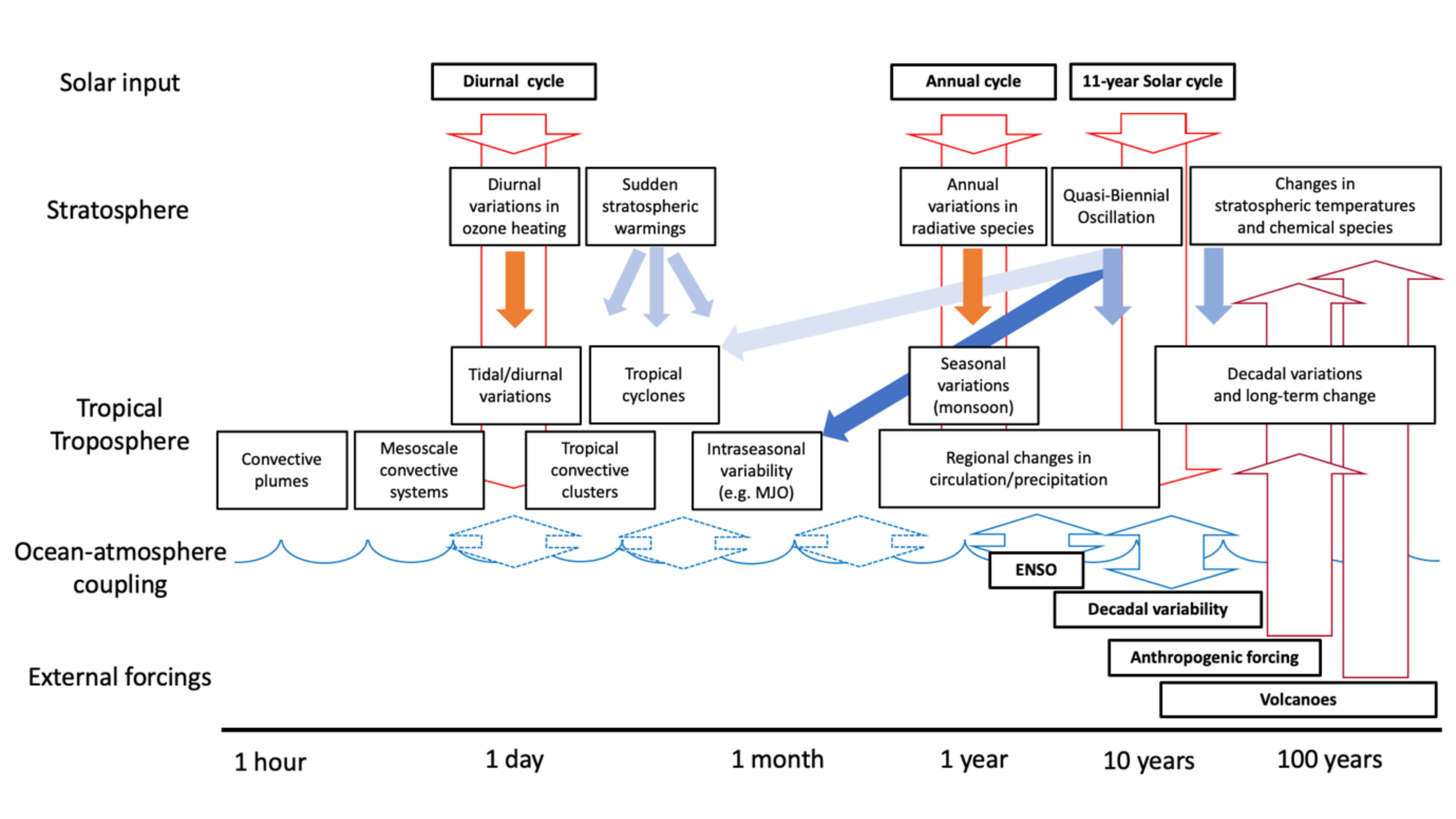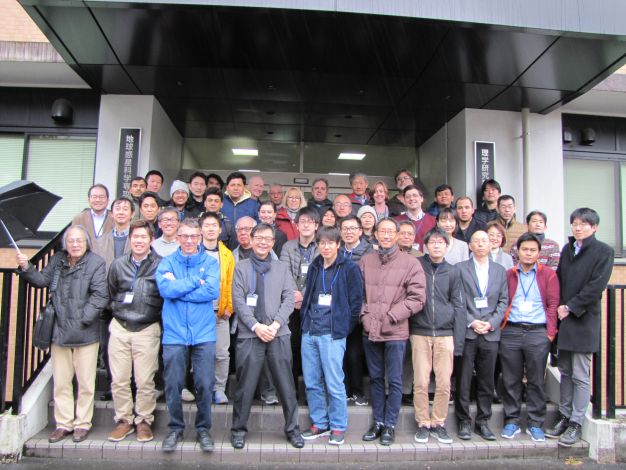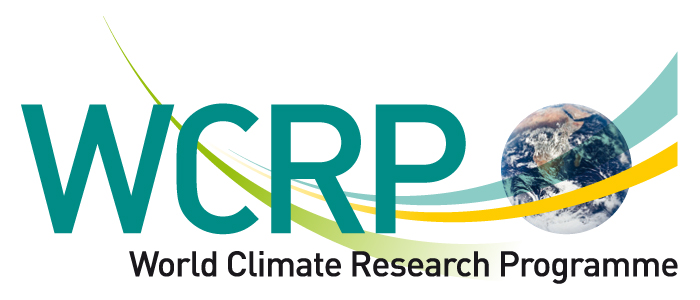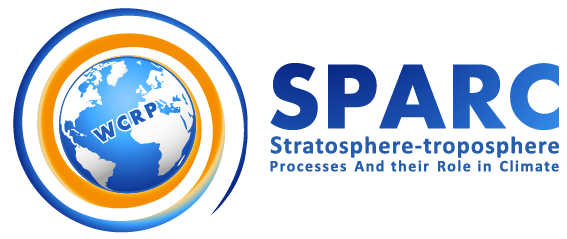|
HOME
WCRP/SPARC SATIO-TCS
Stratospheric And Tropospheric Influences On
Tropical Convective Systems
Activity Leads
Peter H. Haynes (University of Cambridge, UK)
Peter Hitchcock (Cornell University, USA)
Takatoshi Sakazaki (Kyoto University, Japan)
Shigeo Yoden (Kyoto University, Japan)
Activity description
This activity may be viewed as a complement to the SPARC activity, Stratosphere-Troposphere Dynamical Coupling, which has been one of the three SPARC Themes over a decade, but this theme has concentrated almost exclusively on coupling in middle and high latitudes, where the standard paradigms for interpreting and explaining stratosphere-troposphere coupling have been based on balanced dynamics; i.e., the non-local aspects of potential vorticity (PV) inversion in planetary wave propagation and wave-mean flow interaction in both troposphere and stratosphere.
SATIO-TCS has its focus on stratosphere-troposphere coupling in the tropics, where no comparable interpretive paradigm exists. Observational, global modeling, and cloud-resolving modeling all point to an important stratospheric influence on tropical convection and convective systems, and the multi-scale dynamics of these systems is likely to play a vital role in determining the tropical response to changes in the stratosphere.
There is observational evidence that stratospheric variations, such as stratospheric sudden warming (SSW) events, the equatorial quasi-biennial oscillation (QBO), and anthropogenic cooling trend in the lower stratosphere, do influence tropospheric variability in the form of moist convection or its large-scale organization into meso-to-planetary-scale systems, which include cloud clusters, tropical cyclones, the Madden-Julian Oscillation (MJO), and likely monsoon systems. Some global general circulation models and regional cloud resolving models show similarities to these observations, but such modeling studies are in a rather preliminary state.
SATIO-TCS seeks to promote the science on stratosphere-troposphere coupling (upward and downward) in the tropics, focusing on its influences on moist convection and organized convective systems, as there is a need for more coordinated studies with a wide variety of research activities, including observations, data analyses, and numerical model studies. Coordinated research activities should be taken also, aiming at contributing to the WCRP Grand Challenges (#2: Clouds, Circulation and Climate Sensitivity / #4: Weather and Climate Extremes / #7: Near-term Climate Prediction), and associating with the other projects, GEWEX and CLIVAR, and also some international observational campaigns.
The main scientific objectives of this activity are:with several specific targets of the following combination of
- discovery of new phenomena/relationships by observations and data analyses,
- deeper understanding of the stratosphere-troposphere dynamical coupling related to such phenomena/relationships by data analyses and experiments with a hierarchy of numerical models, and
- prediction of such phenomena by the state-of-the-art numerical models after improving the related modules,
It is anticipated that SATIO-TCS will author an introductory review paper on this field of research and hold workshops resulting in peer-reviewed publications in international journals. The activities of SATIO-TCS will naturally contribute to SPARC's efforts in capacity building, given its emphasis on topics of great interest to many developing nations in the tropics.
- influences of SSW, QBO, or stratospheric cooling trend,
- on moist convection, cloud clusters, tropical cyclones, the MJO, and monsoon circulation.

Stratospheric and tropical tropospheric processes on different timescales
and possible couplings between them
(Haynes et al. 2021, J.Meteor.Soc.Japan)


